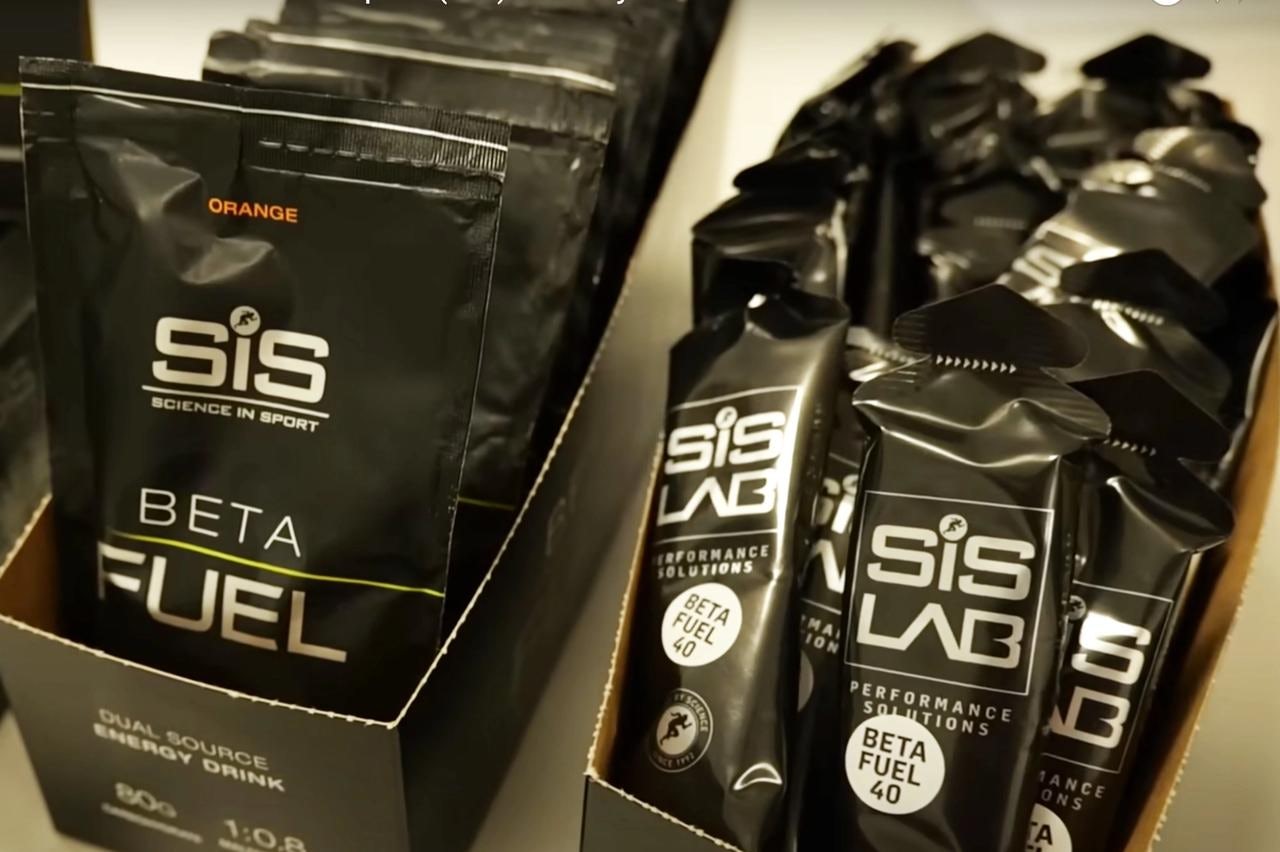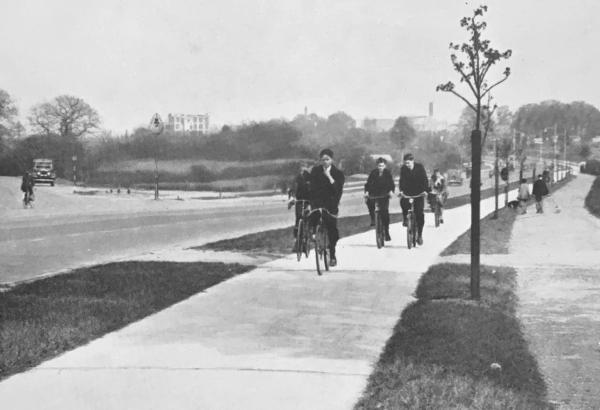How many calories do you burn when cycling?
Here's how to work out how much energy you use on a ride
James Howell-Jones
Junior Writer
© GCN
Understanding your calorie burn rate is important for fuelling your rides
How many calories do you burn when cycling? Whether you’re trying to lose weight, or simply get enough calories to fuel your training, it’s an important thing to know. We’ve laid out a few ways of finding out how many calories you burn, starting with a rough guide for those of us who just want a ballpark figure, then going into ways you can more accurately measure how many calories you’re burning on the bike.
Rough guide
These numbers are rough estimates. The amount of calories you burn depends on a lot of factors, including your physiology, the terrain you’re riding on, and of course what your perception of ‘easy’, ‘moderate’ and ‘hard’ is.
- Easy riding, such as when commuting or soft-pedalling, burns about 300 calories per hour.
- Moderate riding, when you’re working reasonably hard and getting a bit of a sweat on, burns about 600 calories per hour.
- Hard riding, such as when racing or going flat out up a climb, burns about 1,000 calories per hour.
Measuring your calorie burn
Estimates are a good start, but there’s a lot of room for variation. How can we get a more accurate figure?
Method 1: Power meter
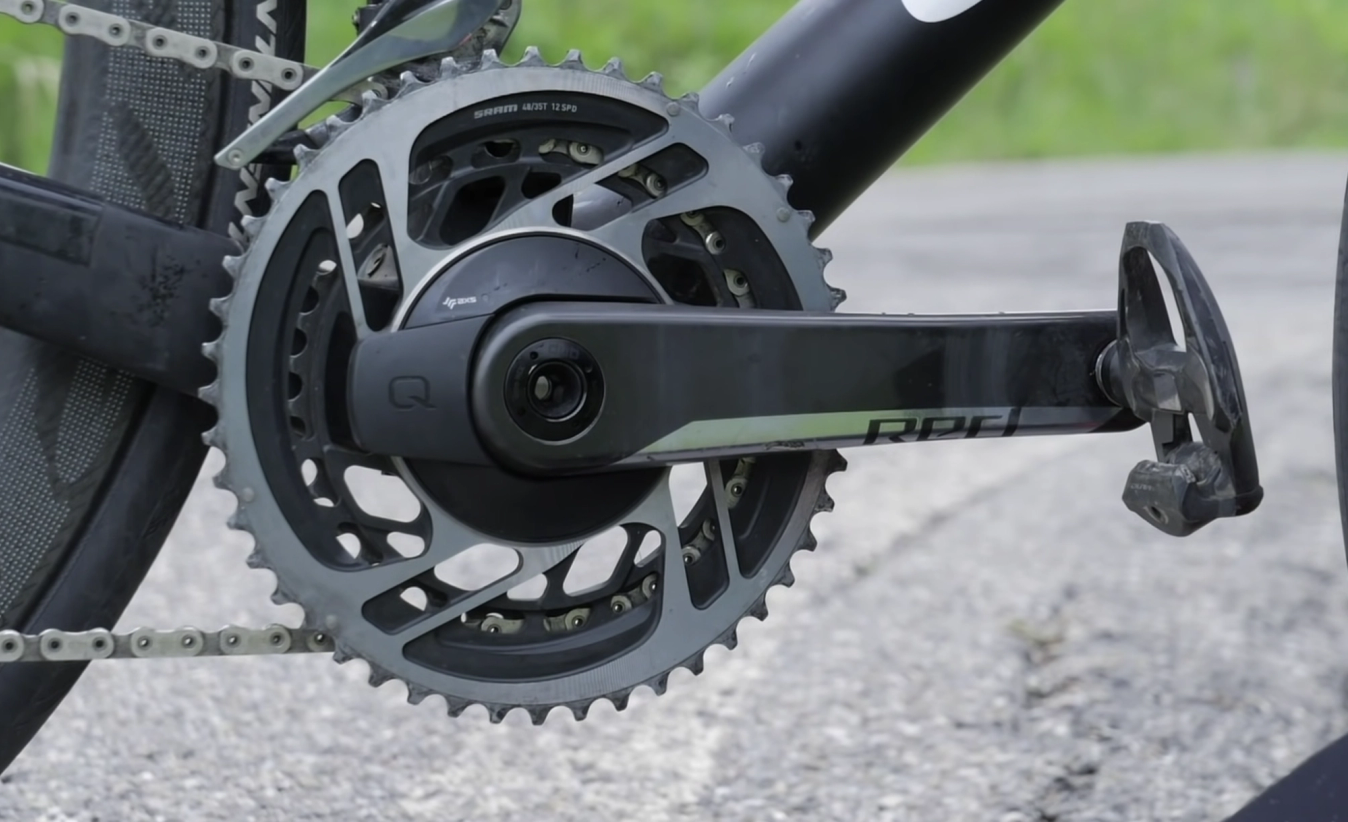
© GCN
For high accuracy, a power meter is the way to go
The most accurate way to measure your calorie burn is by using a power meter, which is a device that measures how much power you put through the pedals. The technology isn’t cheap, but they are invaluable for effective training.
Power meters objectively measure how much work you’ve done on the bike, which you can use to calculate calories burned. Your head unit will probably do this calculation for you, so there’s no need to get the calculator out to see how many calories you’ve burned on a ride.
But if you’re wondering, the calculation converts watts into joules, then multiplies that by 3.6 to account for the difference between a joule and a kcal, which is the unit we all refer to when we talk about calories.
Power (watts) x time (hours) x 3.6 = calories burned (kcal)
That calculation isn’t totally accurate; it makes assumptions about how much energy the body wastes in heat, which will vary slightly from person to person. Even so, this gives us a calorie figure that’s within a five-perfect accuracy in either direction. So for a ride that required 2000 calories, your calorie figure could be anywhere between 1900 and 2100.
Read more: Guide to training zones: what are they and how can I use them?
Method 2: Heart rate monitor
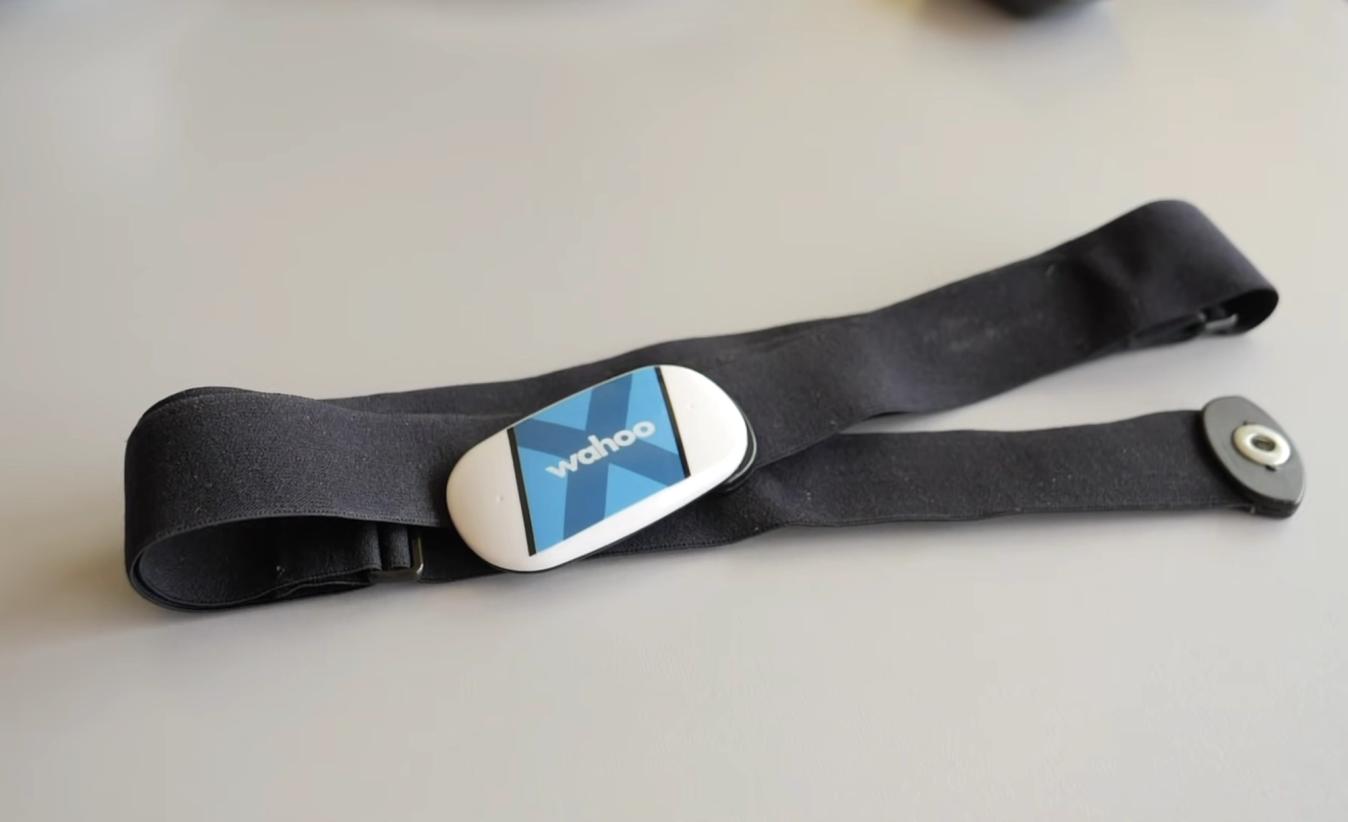
© GCN
Heart rate monitors give a fairly accurate calorie burn figure
The next best thing is a heart rate monitor, which can give a calorie burn figure by tracking your heart rate during a ride. When paired with other information, such as your age, weight and gender, these can give us a fairly dependable calorie burn figure. One thing we’d suggest, though, is to use a chest-strap heart rate monitor rather than a wrist-mounted monitor, as they are less accurate.
Again, you don’t need to do the maths for this, as either your head unit or a fitness tracker app like Strava will do the maths for you.
Ultimately, the calorie figure that you’ll end up with from a heart rate monitor should be within 20% accuracy. So, for that 2,000-calorie ride, you could get a calorie number that’s anywhere between 1,600 and 2,400 calories.
Method 3: Fitness apps
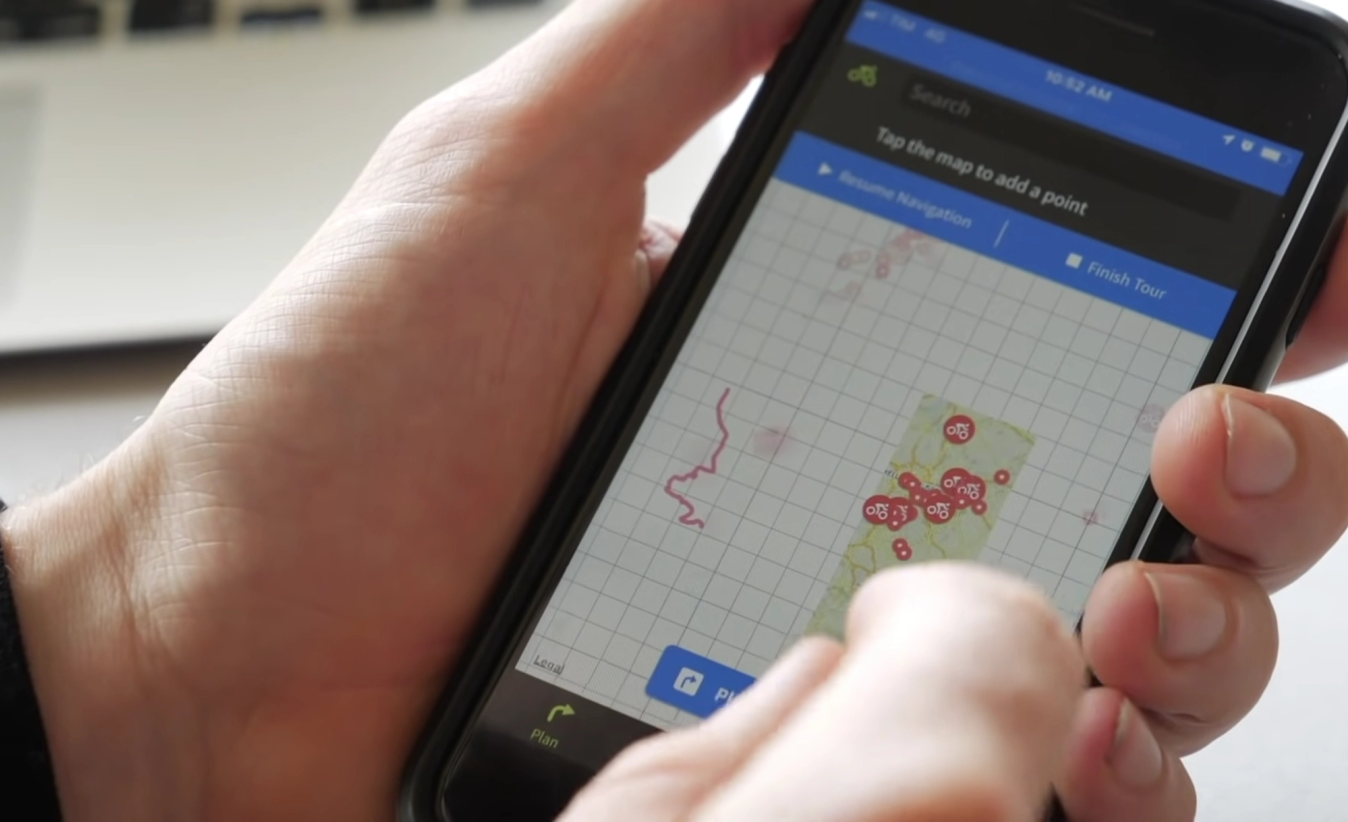
© GCN
Fitness apps can only estimate calorie burn, but they're better than nothing
The most accessible but least accurate way to measure calorie burn is with a fitness tracker app like Strava or Komoot. These apps make an estimation of calorie burn based on a number of factors, including what type of activity you’ve done, your GPS and speed data, your weight and gender. But it really is just an estimation.
Without power or heart rate information, the calorie figure that apps like these produce is rough. Expect the accuracy of these estimates to be within 60%. At the very extremes of that range, that same 2,000-calorie ride could be recorded as an 800 or even a 3,600-calorie ride. If you’re trying to accurately track your calorie intake and expenditure, that level of variation is going to play havoc with your nutrition strategy.
Don’t forget your basal metabolic rate
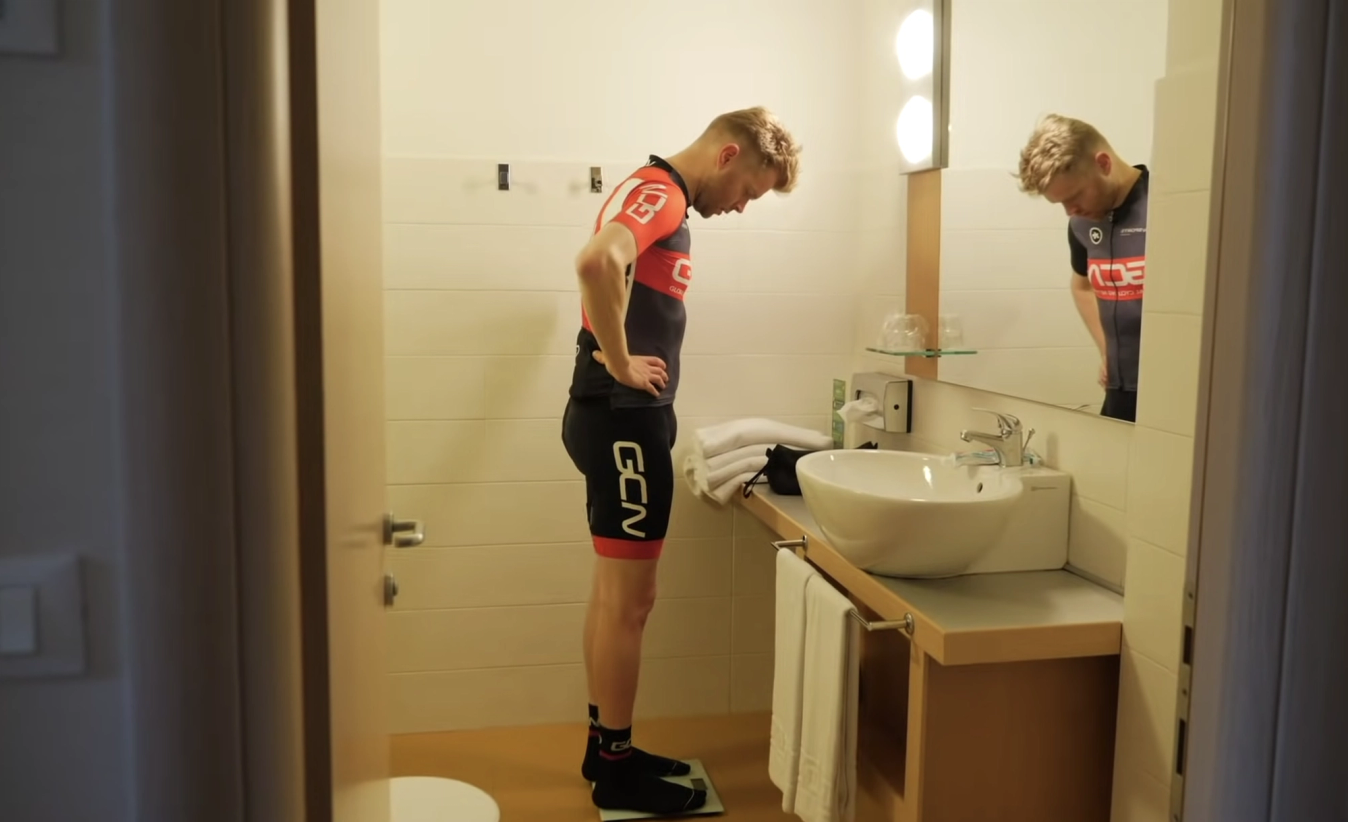
© GCN
It doesn't take many treats to outweigh the benefit of a bike ride
However you calculate it, you might be surprised how few calories you burn on a bike ride. It’s important to remember, though, that your body burns quite a few calories as part of normal bodily function too. Breathing, digesting food, recovering from a ride, it all burns calories.
This passive calorie burn rate is called the basal metabolic rate (BMR), and there are loads of calculators on the internet that work it out for you, based on your age, your weight, and how many times you exercise a week.
Once you’ve worked out your BMR, you can add that to the calories you’ve burned on a ride and get a good sense of how much food your body needs, whether you’re looking to properly fuel your training, or lose weight at a safe and sustainable rate.
Why do I need to know how many calories I've burned?
Cycling burns a lot of calories, and whether you’re trying to lose weight or maintain it, it’s good to know exactly how much. By using a power meter, heart rate monitor or fitness tracker, you can get a pretty good sense of how many calories you’re burning, and use that information as part of your training, whatever your goals.
If weight loss is your goal, choose when to cut calories carefully. A calorie deficit is vital for achieving weight loss, but it’s a bad idea to try to cut calories when you’re on the bike. Fuel your training properly, then think about calorie reduction when you’re off the bike. That way, you’ll get the proper training effect, and avoid running out of sugar while riding.
